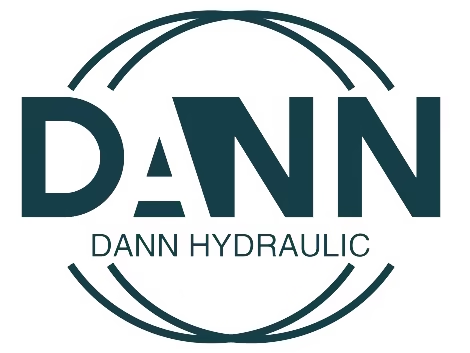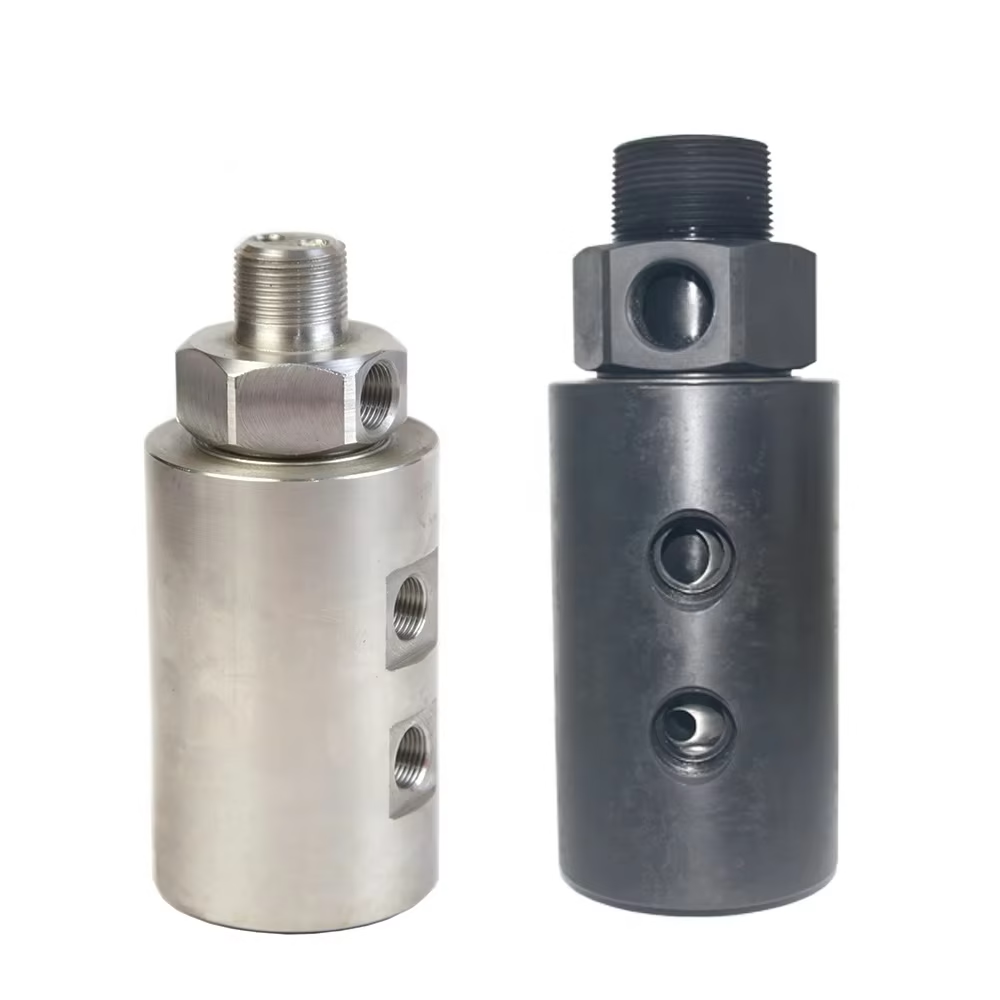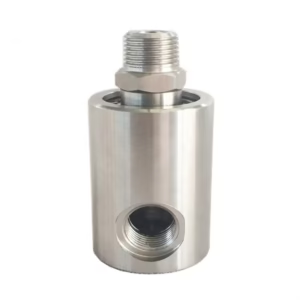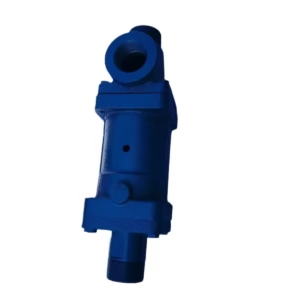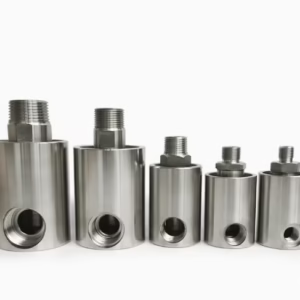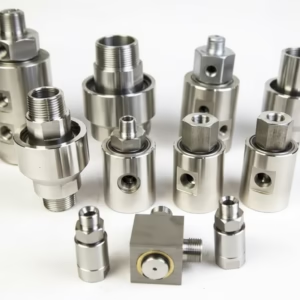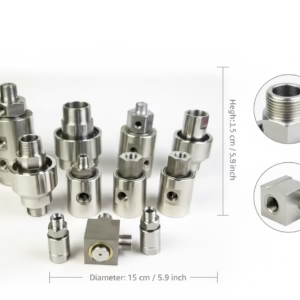High Pressure Hydraulic Dual Channel Rotary Joint
Original price was: $120.00.$110.00Current price is: $110.00.
- Product name:Dual Channel Rotary Joint
- Connection:Male
- Thread:BSPP BSPT NPT
- Surface treatment:machining
- Medium:Water Compressed Air Hydraulic Oil
- Maximum pressure: 30MPa
- Maximum speed: 150RPM
- Tolerable temperature:120℃
Description
High Pressure Hydraulic Dual Channel Rotary Joint Overview
Introducing the Dual Channel Rotary Joint, a cutting-edge solution designed to meet the demands of modern applications requiring seamless and efficient data transmission. This advanced rotary joint is engineered for high-performance environments where reliability and speed are paramount.

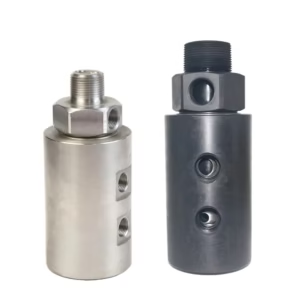

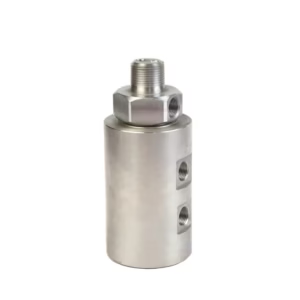
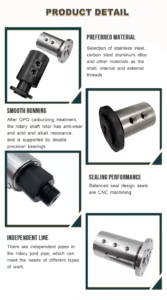
Key Features
High-Pressure Capability: This product designed to withstand a maximum pressure of 30MPa. Making it suitable for applications requiring high pressure fluid transfer, such as in industres and heavy equipment.
Multi-Media Compatibility: The product can handle various mediums, including water, compressed air and hydraulic oil. Providing flexibility in its application across different industries.
Customization Options: The manufacturer offers OEM customization support. Allowing customers to tailor the product to meet their specific needs, including modifications to the connection type, material, or design.
Rotating Seal Technology: The product features a rotating seal, ensuring a secure and leak-proof connection, even at high speeds, which is ideal for applications where fluid leakage is a concern.
Durable Construction: The product is made with a durable material and a machining surface treatment, ensuring a long lifespan and resistance to wear and tear, even in harsh environments, as mentioned by a customer who used it in a high-temperature setting.
Simultaneous Signal Transmission: Operates two independent channels for concurrent data flow, enhancing operational efficiency.
High Bandwidth Capability: Supports high-speed data transmission, crucial for demanding applications such as radar and satellite communications.
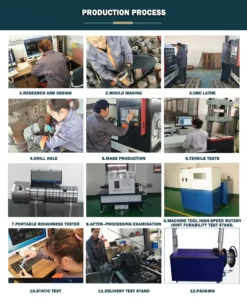


The Dual Channel Rotary Joint is versatile and can be utilized across various sectors:
Military Applications: Essential for radar systems and communication devices that require reliable signal transmission under extreme conditions.
Aerospace Systems: Ideal for satellite communications where high bandwidth and reliability are critical.
Industrial Automation: Facilitates efficient data transfer in automated machinery and robotics.
Telecommunications: Enhances connectivity in cable TV systems and other communication infrastructures.

Why Choose Our Dual Channel Rotary Joint?
Investing in our Dual Channel Rotary Joint means choosing a product that is not only technologically advanced but also tailored to meet the rigorous demands of your industry. With its robust build, high performance and applications, it stands out as a leading solution for professionals seeking reliability in connectivity solutions.
FAQ
What is a Dual Channel Rotary Joint?
A Dual Channel Rotary Joint is an electromechanical device that allows for simultaneous transmission and reception of signals through two independent channels. This capability is essential for applications requiring high-speed data transfer, such as military communications and aerospace systems.
How does a Dual Channel Rotary Joint differ from a Single Channel Rotary Joint?
The primary difference lies in the number of channels. A dual-channel rotary joint can transmit and receive signals concurrently, while a single-channel joint can only handle one signal at a time.
What are the advantages of using Dual Channel Rotary Joints?
Key advantages include enhanced operational efficiency due to simultaneous data handling, superior signal integrity, higher bandwidth capabilities, and reduced system complexity by integrating 2 channels into one unit.
In which applications Dual Channel Rotary Joints commonly used?
They widely used in military applications, aerospace communications, radar systems, satellite communications, air traffic control and industrial automation where high reliability and uninterrupted communication are critical.
What types of designs are available for Dual Channel Rotary Joints?
There are contacting and non-contacting designs. Contacting designs utilize DC coupled inner and outer conductors for broadband applications, while non-contacting designs transmit RF signals through axial or radial coupling structures. Offering excellent performance for narrowband transmissions.
What are the typical frequency ranges for Dual Channel Rotary Joints?
Dual channel joints can operate across various frequency ranges depending on their design. Some models support frequencies up to 50 GHz, making suitable for high-frequency applications like communications.
What factors influence the cost of Dual Channel Rotary Joints?
The cost influenced by design complexity, materials used, frequency capabilities, and the specific requirements of the application. Generally, dual-channel joints are more expensive than single-channel due to their advanced technology and superior performance.
How do installation and maintenance differ between Dual and Single Channel Rotary Joints?
Installation and maintenance of dual-channel rotary joints can be more complex due to their intricate design requiring precise engineering. In contrast, single-channel joints tend to have simpler installation processes.
